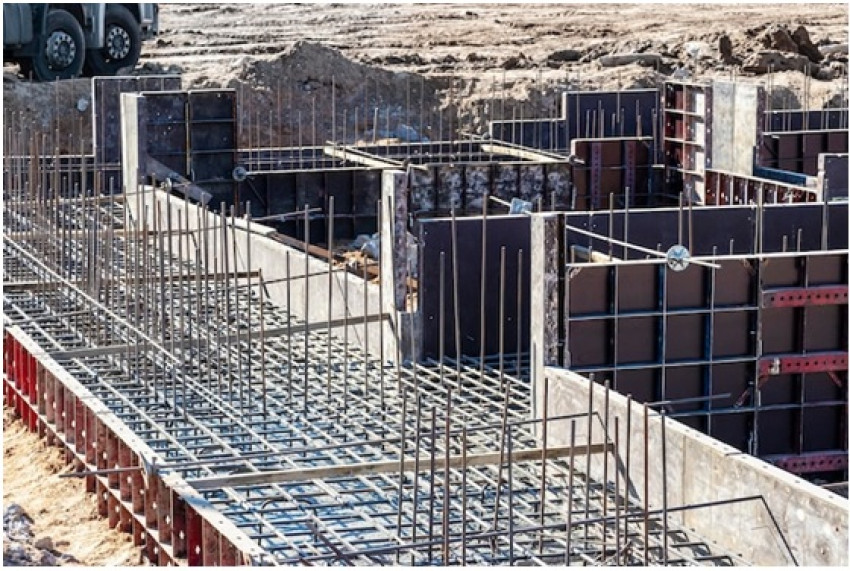
Written By - Structural-india
Are you concerned about the safety of your building in the event of an earthquake? If so, then seismic retrofitting may be just what you need. This process involves making modifications to existing structures to improve their ability to withstand seismic activity. However, with so many different methods available, it can be challenging to know which one is right for your building. In this blog post, we'll explore the different types of seismic retrofitting methods and provide tips on how to choose the best one for your property. So let's dive in and learn more !
What is Seismic Retrofitting?
Seismic retrofitting is the process of modifying an existing building to make it more resistant to earthquake damage. This can involve adding additional support and reinforcement, strengthening weak points in the structure, or even completely replacing certain components.
One of the main goals of seismic retrofitting is to ensure that a building remains standing and safe for its occupants during and after an earthquake. Without proper seismic retrofitting, buildings may be at risk of collapsing or sustaining significant damage during earthquakes.
There are many different factors that can influence which type of seismic retrofitting method is best suited for a particular building. These include the age and condition of the building, its current level of earthquake resistance, and any specific requirements or regulations that apply in your area.
Implementing effective seismic retrofitting measures can help ensure that your building remains safe and secure in the face of potential earthquakes - making it a crucial consideration for anyone responsible for managing or maintaining a commercial property.
The Different Types of Seismic Retrofitting Methods
There are several types of seismic retrofitting methods that can be used to protect your building from earthquake damage.
One common method is adding steel braces or frames to the structure, which work to strengthen and reinforce its existing frame. This method is particularly effective for older buildings with weaker structures.
Another approach is base isolation, where the foundation of the building is separated from the ground using rubber bearings or springs. This allows the building to move more freely during an earthquake, reducing stress on its structure.
A third option is dampers, which absorb energy and reduce movement in a building during an earthquake. These can be installed as part of a new construction project or added later as part of a retrofitting effort.
It's worth considering non-structural solutions such as securing furniture and fixtures within your building to prevent them from falling over during an earthquake.
Each type of seismic retrofitting has its own advantages and disadvantages depending on factors like budget, location, and local regulations. It's important to consult with experts who understand these nuances before choosing a specific method for your own property.
How to Choose the Right Seismic Retrofitting Method for Your Building
Choosing the right seismic retrofitting method for your building is a crucial decision that can impact the safety and longevity of your structure. There are several factors to consider when selecting the appropriate method, including structural integrity, budget constraints, and local regulations.
It's important to evaluate the current condition of your building to determine which retrofitting methods will be most effective. A building assessment can reveal weaknesses or areas prone to damage during an earthquake. This information helps identify which types of retrofitting strategies will provide optimal protection for your specific structure.
Budgetary considerations must be taken into account when choosing a seismic retrofitting method. Some methods may require more extensive work than others and could result in higher costs. It's essential to weigh these expenses against potential losses due to damage from earthquakes.
Local regulations should also influence your selection process as some regions have unique requirements regarding retrofits that may vary based on factors such as location and age of the building.
Choosing the correct seismic retrofitting method requires a careful consideration of many different variables. Hiring an experienced professional with expertise in this area can help ensure you make informed decisions that best protect your property from natural disasters like earthquakes.
Conclusion
Seismic retrofitting is a necessary process for building owners to ensure the safety of their structures in areas prone to earthquakes. The right method should be chosen based on various factors such as the type and age of the building, its location, and budget.
It's essential to consult with experienced professionals who can assess your building's needs and recommend the most appropriate seismic retrofitting solution. With proper research and planning, you can make an informed decision that ensures your property remains safe during an earthquake.
Remember that investing in seismic retrofitting not only protects lives but also reduces damages caused by earthquakes that could lead to costly repairs or even demolitions. By choosing the right method for your building, you can have peace of mind knowing it's well protected against future natural disasters.




